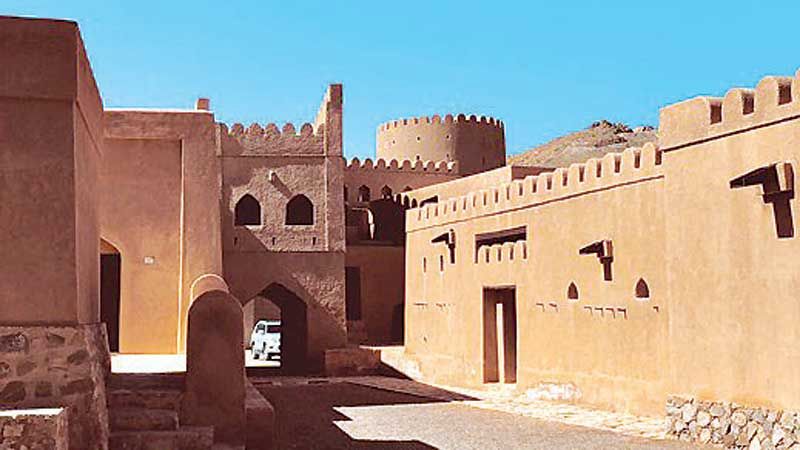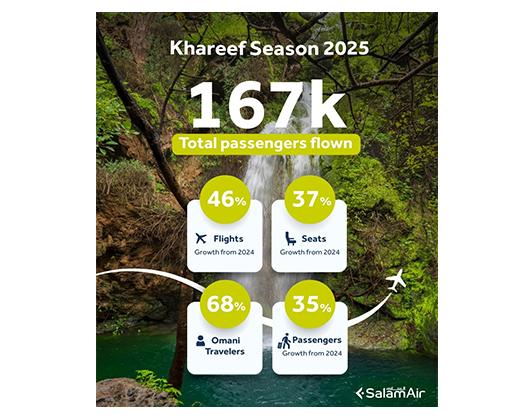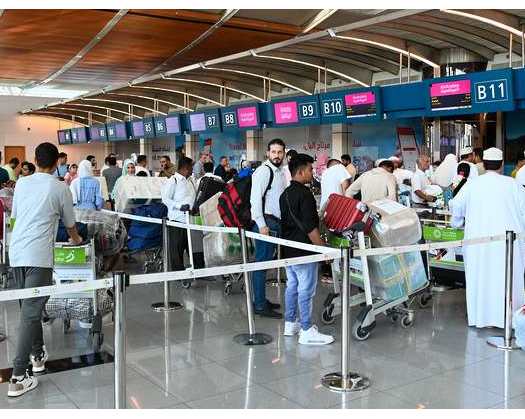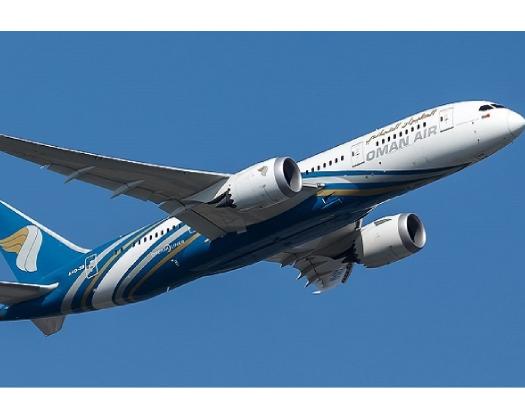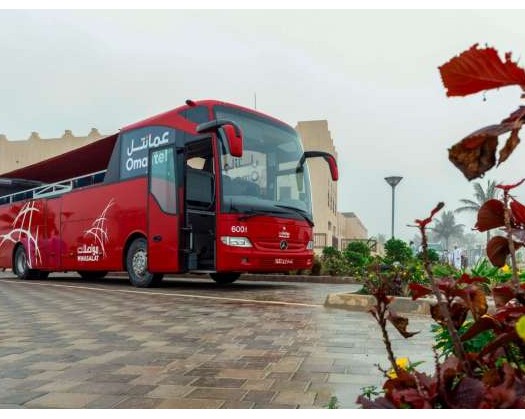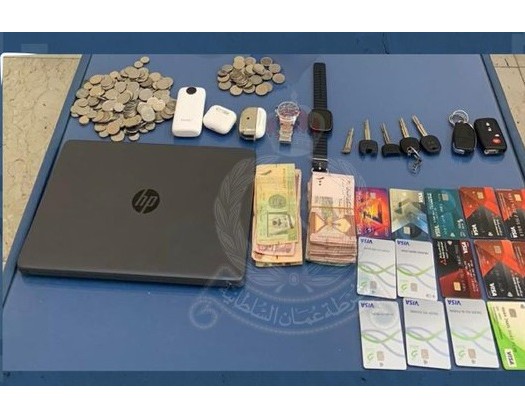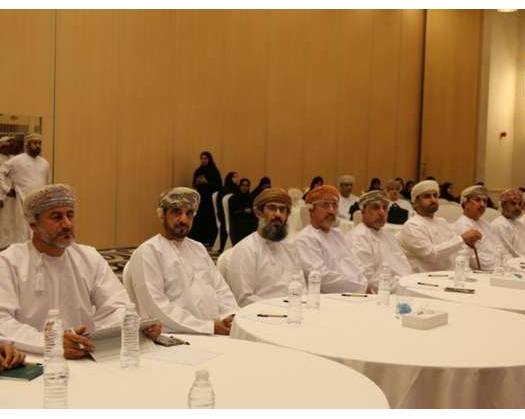Oman's rich history is adorned with the presence of forts and castles, which have always held a significant position. These architectural marvels have served as military strongholds for centuries, safeguarding the nation against enemy invasions. Today, these meticulously crafted structures have become a major attraction for thousands of tourists, who are captivated by the beauty and resilience of Oman.
Among the renowned historical buildings in Oman, Bait Al Marah castle (Husn Bait ak Marah) stands tall as the third-largest in the country. Situated in the wilayat of Yanqul in Al Dahirah Governorate, it is encompassed by local farms, houses, and the old market of the wilayat.
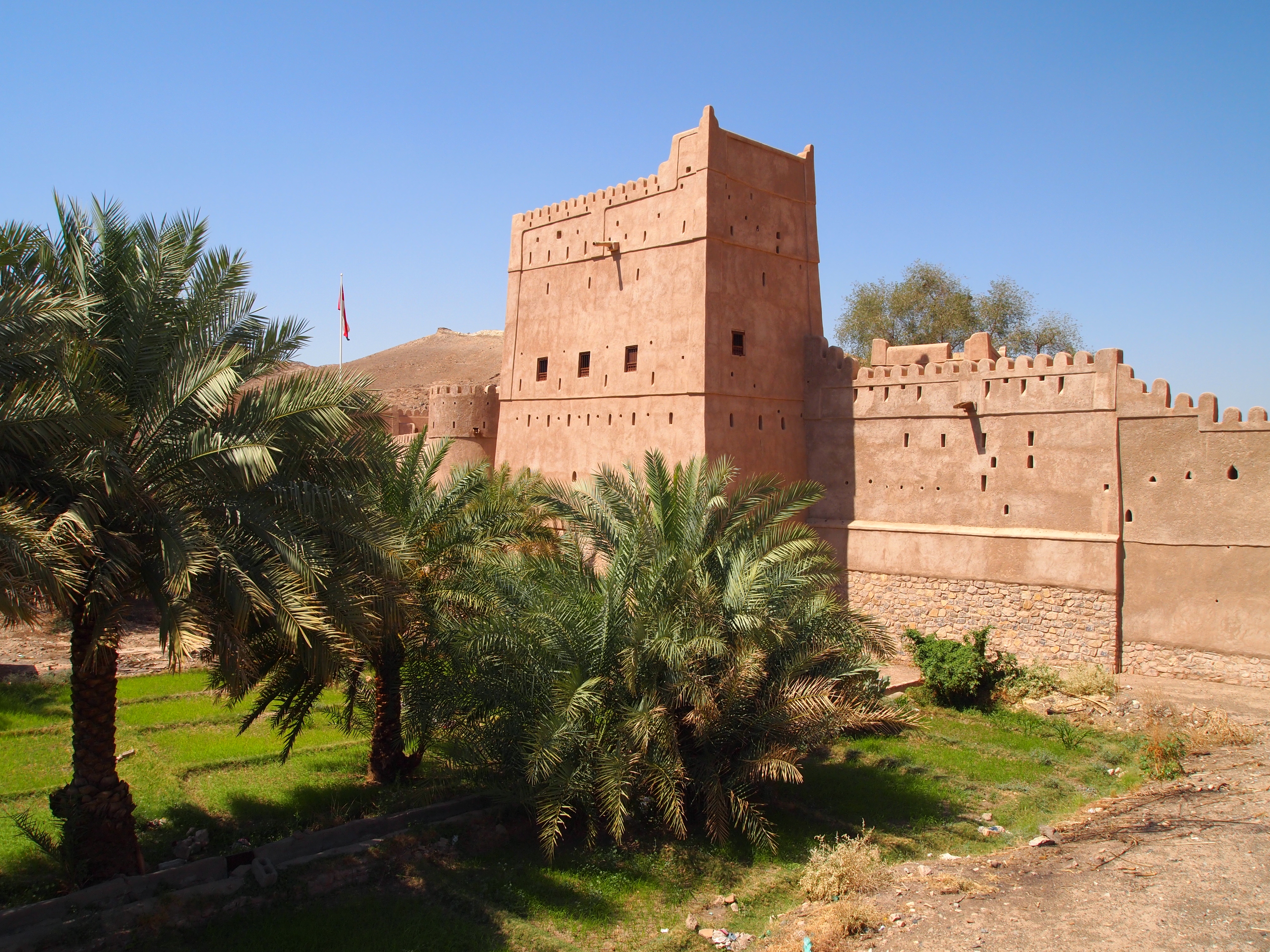
Constructed over 400 years ago, this castle witnessed the reign of the Nabhani tribe, who added three additional houses within its walls: Biat al Basra, Bait al Sharqi, and Bait al Aod. Each of these houses occupies a corner, collectively forming a formidable castle.
Adjacent to Bait Al Marah castle lies Sabilat Al Zama, a place deeply cherished by the people of Yanqul since ancient times.
The sabla serves as a platform for various daily traditions and rituals, such as Al barza. This tradition was practiced even before the blessed renaissance, where people would gather in the sabla to discuss and manage matters related to the wilayat and address the concerns of the people. These meetings would take place in the early morning.
Within the castle, two Aflaj, namely Falaj al Muhadith and Falaj al Ayn, flow through. The Nabhani tribe specifically designed the castle to have a water supply for defensive purposes, ensuring its ability to sustain during times of war.

Bait Al Marah castle stands out due to its unique light brown to red color and rectangular shape. It is surrounded by 8-meter-tall fences on all sides and features six round external towers positioned at the corners. Additionally, there is a rectangular tower located in the middle of the southwest wall at the southwestern corner of the castle.
This tower has been specifically designed to enable the defenders to easily throw the attackers at the entrance. The castle features a single gate known as the Sabah Gate, which opens towards the attackers. This gate is constructed using heavy wood and showcases a captivating image consisting of circular rings and iron stars.
Furthermore, Bait Al Marah serves multiple purposes. It includes a mosque with a small courtyard and a designated area for prayers. Additionally, there is a room called Al Barada, specifically designed for reading the holy Quran. A small corridor also leads to Falaj Al Ain, where individuals can cleanse themselves before praying.
Adjacent to the mosque is Al Bait al Aod, a residence for the sheikh and his entourage. It comprises several ground rooms, with a three-floor tall building called Al Munaizirah situated in the middle.
On the southern side of the castle lies Al Bait Al Sharqi, a spacious two-floor house with numerous rooms. This house is intended for one of the sheikh's family members to reside in.
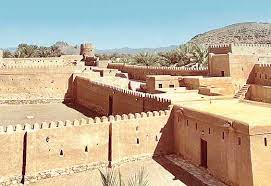
Bait Al Marah, another house within the castle, derives its name from its significant importance and distinctive design. It is situated on the eastern side of the castle and features a grand gate similar to the Sabah Gate, possessing the same defensive characteristics.
Lastly, on the eastern side of the castle, there is Bait Al Basra, a beautiful house that exemplifies the uniqueness of Omani architecture and the way of life in Oman during that period.

